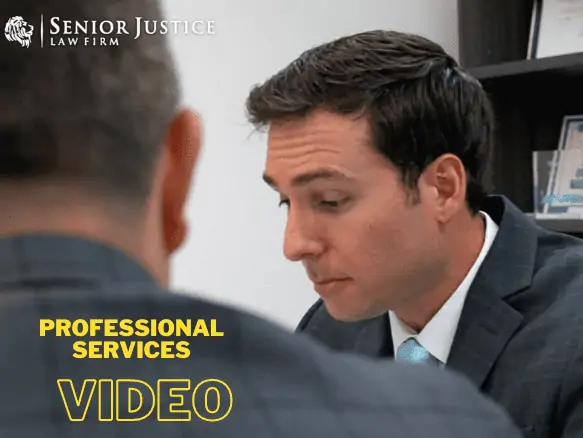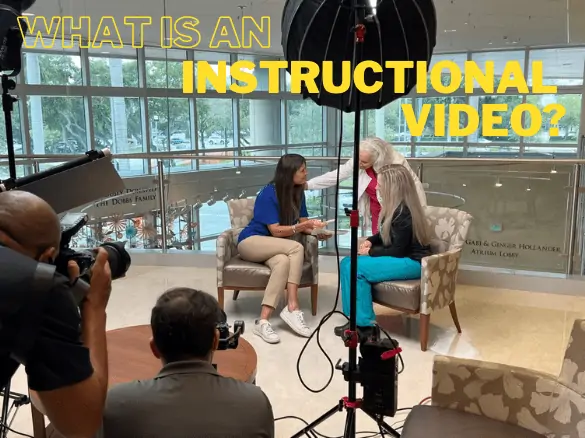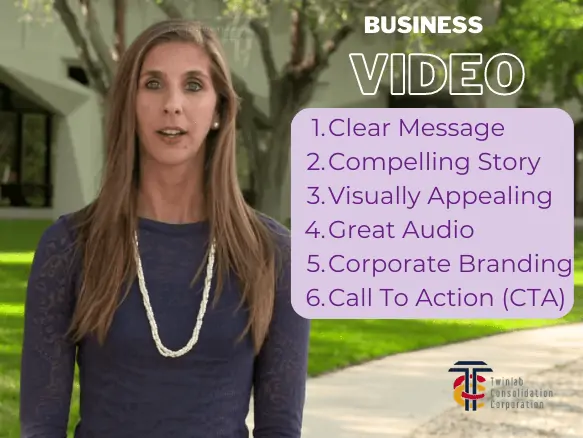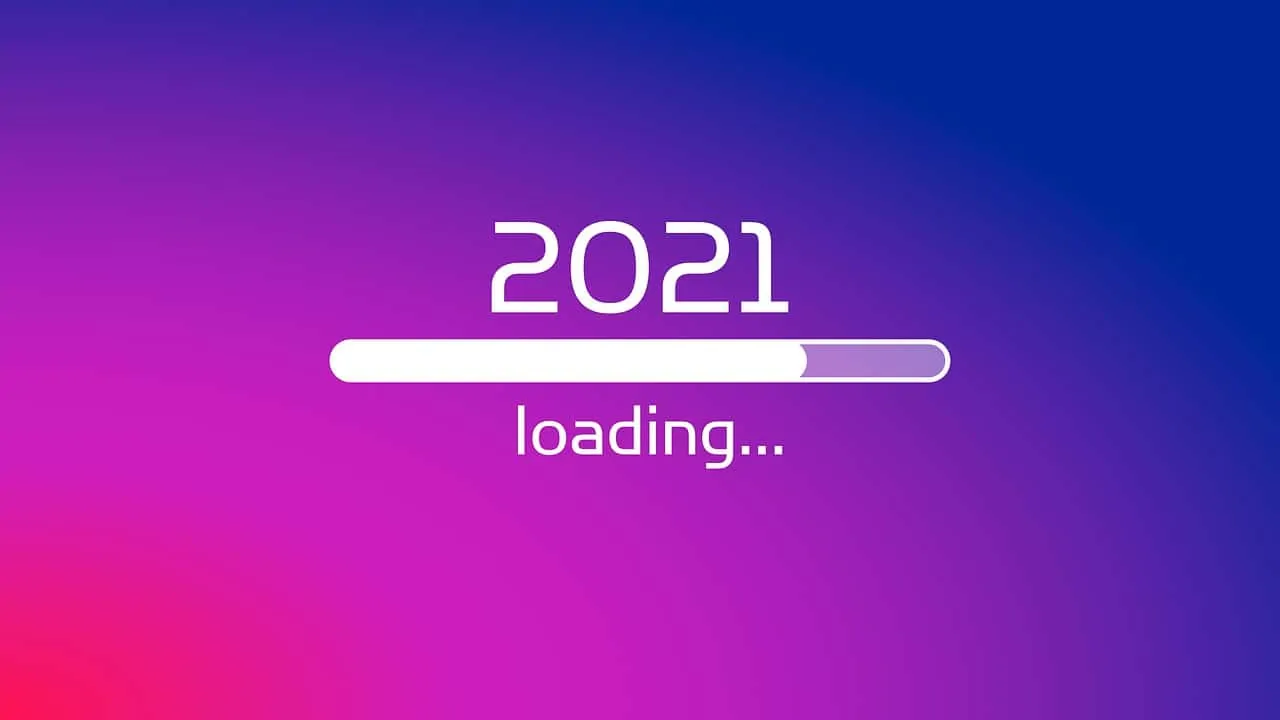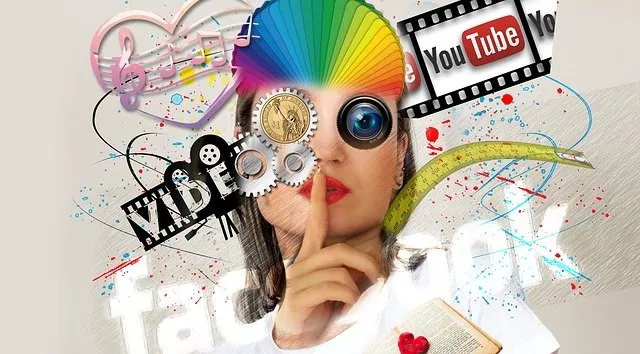If You Want To Be a Disrupter, You Have To Be Different – Use Video
One of the most powerful tools your marketing department can use is video. It can be a disrupter, if used properly. Video does everything you want in a short amount of time. Video quickly shows the viewer they can trust you and create a bond (hey I think they’re nice people) and communicate your value proposition and authority, all at the same time. This typically can be done in 90 seconds or less. It’s actually quite remarkable.
Conversion rates, number of views, length of watch time, and several other statistics can be measured and tracked over time. Keep in mind that some videos perform better than other and that can happen because of the content and where it is placed.
Creating Killer Video
When creating killer video, it’s important to consider where you’ll be placing it and how you’ll be using it. Essentially, what is your goal in creating a or several videos? If you’re are creating the video so you can sell more product, you’ll likely be creating a promotional video or advertisement. These can come in many forms, but typically are viewed as ads. It’s not often people want to watch ads.
You can’t create killer video if you don’t understand who is viewing it and why they need or want to view it. We highly recommend working with your video production company to create a sense of understand who the target market is before you start recording video.
Here are some basic starting points in creating killer video:
- What is the purpose of the video (increase sales? increase awareness? something else?)
- Clarity on what you’re trying to promote (is it clear to the viewer?)
- Clearly defining your target audience and knowing where to find them.
- Identifying when, in the buying process, they are in. Are they in the just looking phase? Actively browsing/looking? or Ready to purchase, call, or take action?
- Clearly define what problem your customer has and answering that call. What is their problem and can you solve it? Do they understand that you can?
- Where is the video going to be placed? This must be where the customer is looking or would normally look. Place the video/ad where they are. Don’t make them come find you.
- Budget – Do you have a clearly defined budget for your project? If not, things can get out of control if you allow it. At Plum, we price things so you know exactly how much things will be with no surprises.
- Creativity – Sometimes making a video that is highly creative can be priced higher than you think. OR, it can be created without as much cost as you think. It’s important to talk about that early.
- How will you measure success? When creating video, getting views can be a number to gauge success. For others, this means nothing, rather, they need to see increased traffic on the site or an increase in product sold.
- When we know how to measure success, you’ll know what action the viewer should take. It’s important to say that in the video…What do you want them to do?
ORIGIN-GENSLER 2 MINUTE from Plum Productions on Vimeo.
Types of Video Used to Disrupt an Industry
Knowing all this is helpful, but how does this help you be a disrupter? It helps you determine which type of video you need to create. Here are several types of video you can create to disrupt your industry:
- Testimonial Videos (also known as Client Referral Videos) – These are your clients who can say what you can’t say. In reality, you can say it, but will they believe you or your clients? If they’re willing to say it or if they’re raving fans, you need to get that on video. We feel like this is one of the big drivers to get people to trust you.
- Explainers – Videos that show you know what you’re doing by illustrating how you help others or explaining what you do. It might even be a mock up of what you do. Either way, this is a highly effective video to use to clearly define what you do.
- Product Demonstrations – Sometimes it helps to show people exactly what the result of your service does. Less effective in some uses, highly effective in others. Ask us about these.
- Educational Videos – These are typically found on YouTube and help people solve their problem or answer their questions. By educating them, they see you as an expert in the field. For example, you might subscribe to a YouTube channel to learn more about financial markets, accounting, or even cooking. Whichever channel you subscribe to, you’re doing it to be entertained, but also, to be educated. These can also come in the form of an expert interview. Using this can be disrupting to your competition.
- Direct Messages – These might be a quick recorded message captured via VidYard or something similar. It’s a message that is custom crafted to speak directly to the receiver. You can also create custom messages for a type of client and send those. For example, if you have a service company like a plumbing company and want to send an introduction video of the person who will be coming to the house that afternoon, you could create a message that is generic but specific to the situation. That’s disrupting!
The video industry is growing. Business is using video. But how you use video and creating interesting video becomes more and more important.
Related Articles:
What To Do To Maximize Your Investment In Video Production



